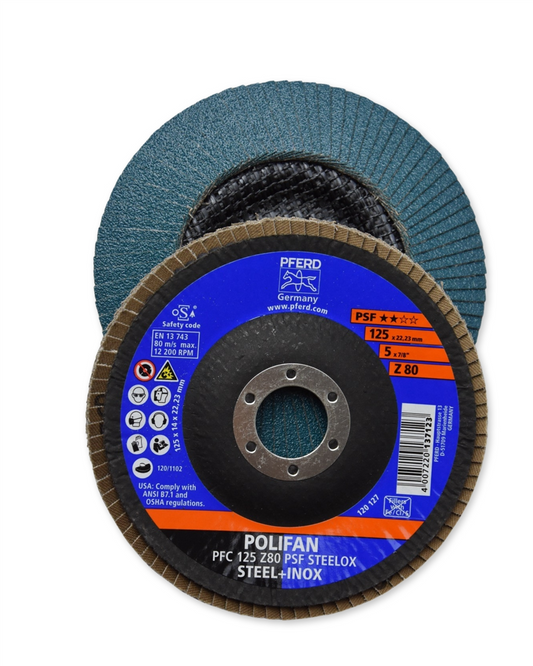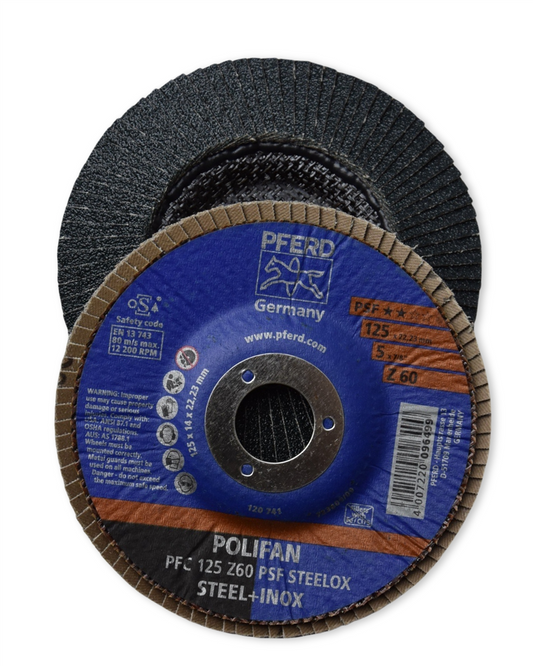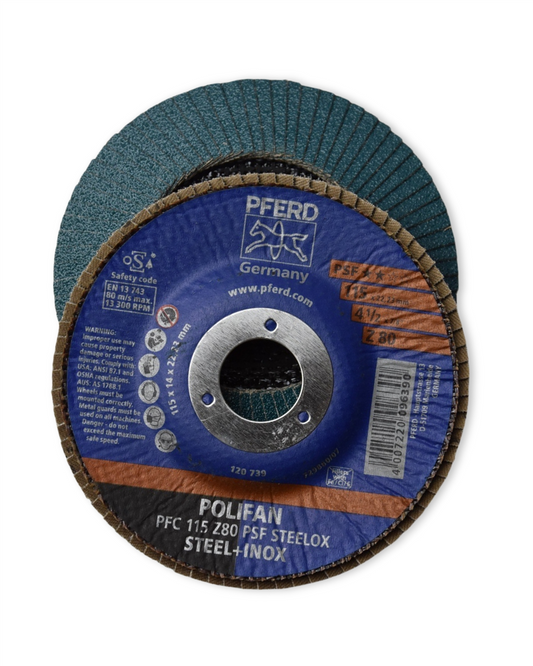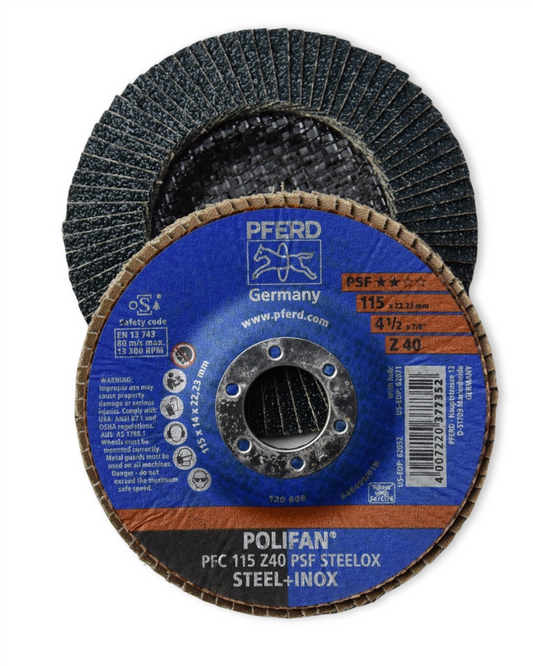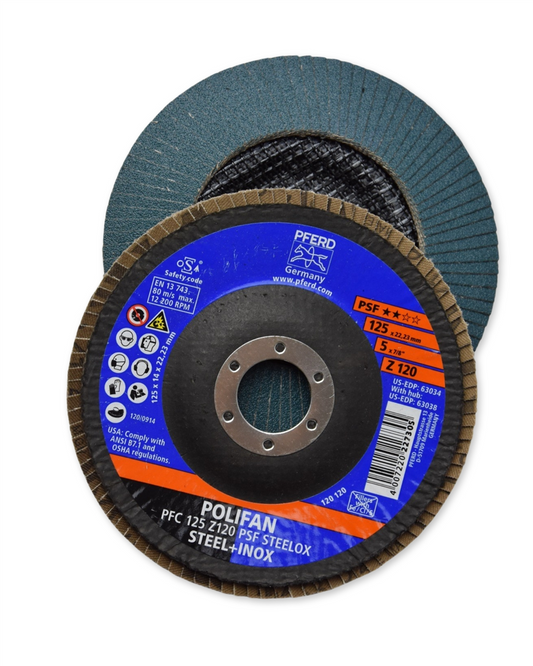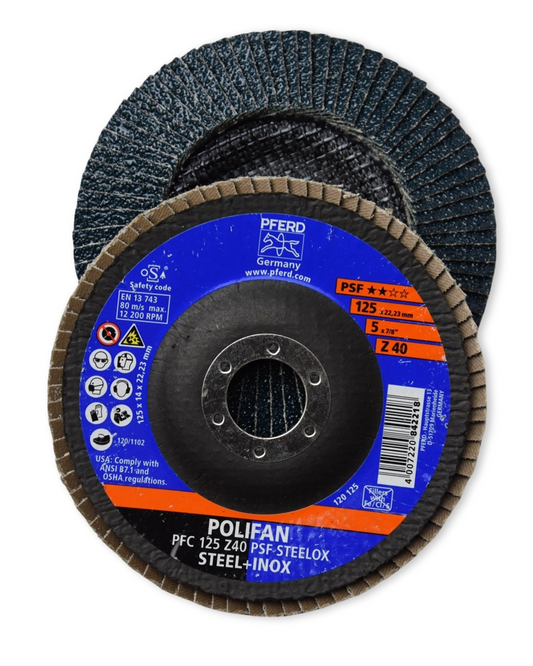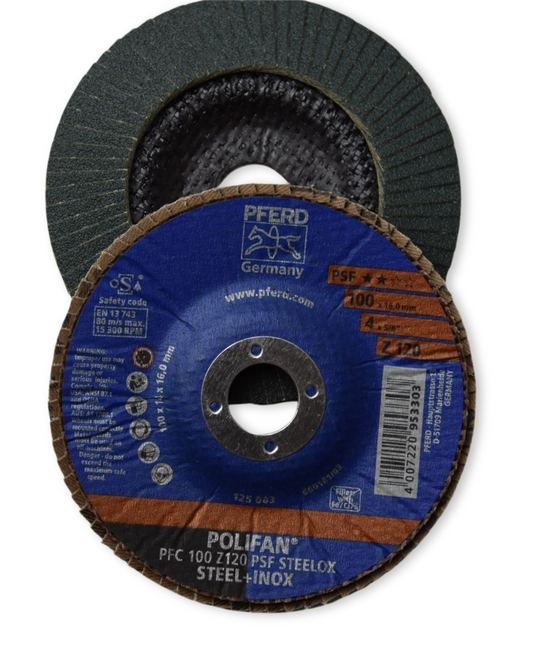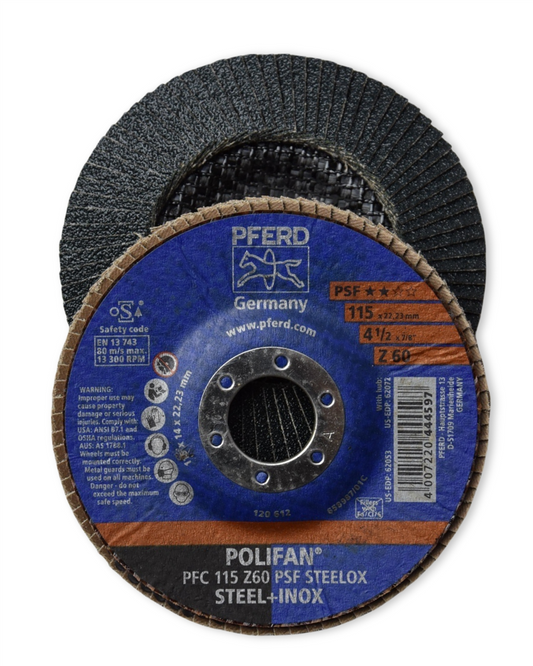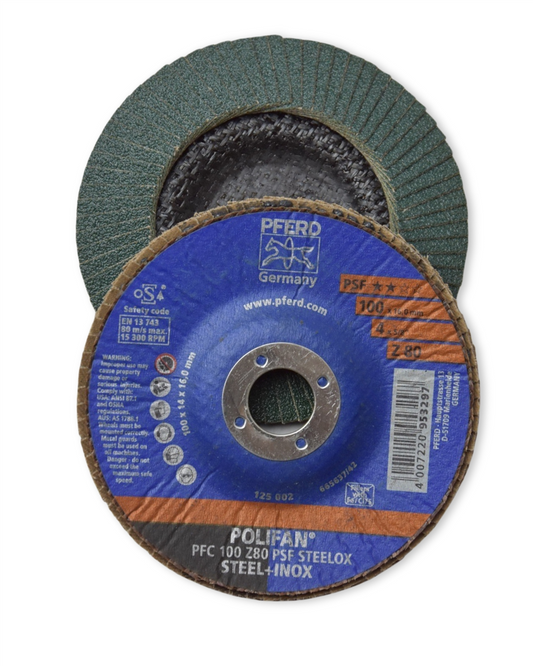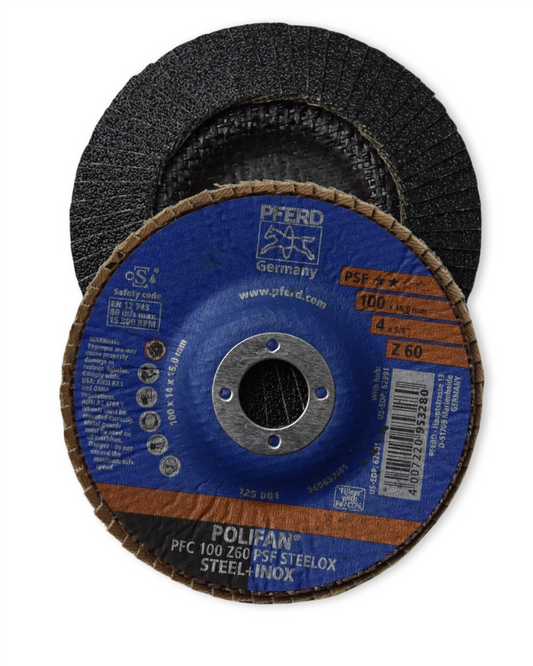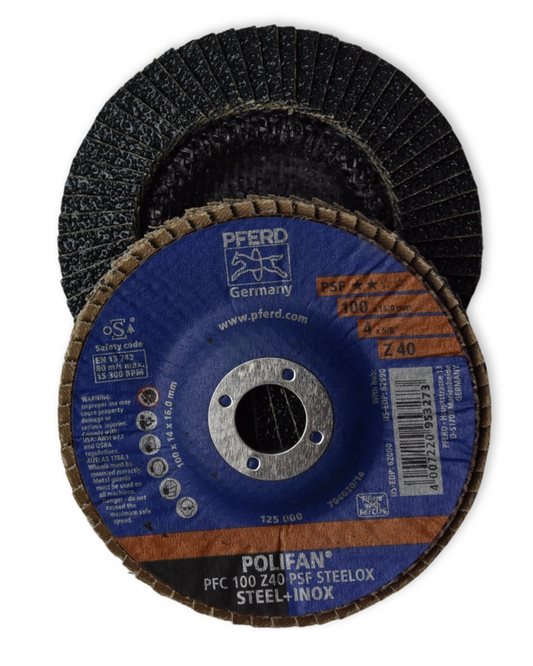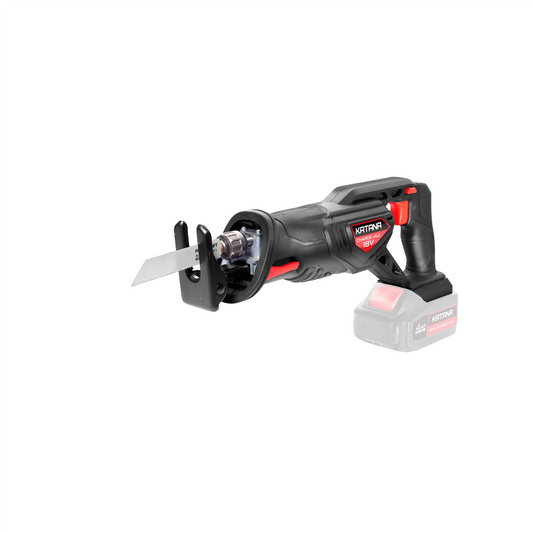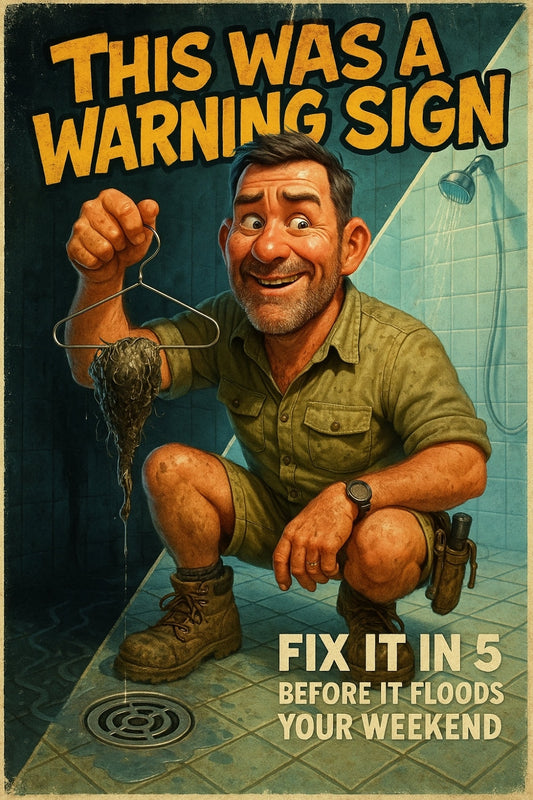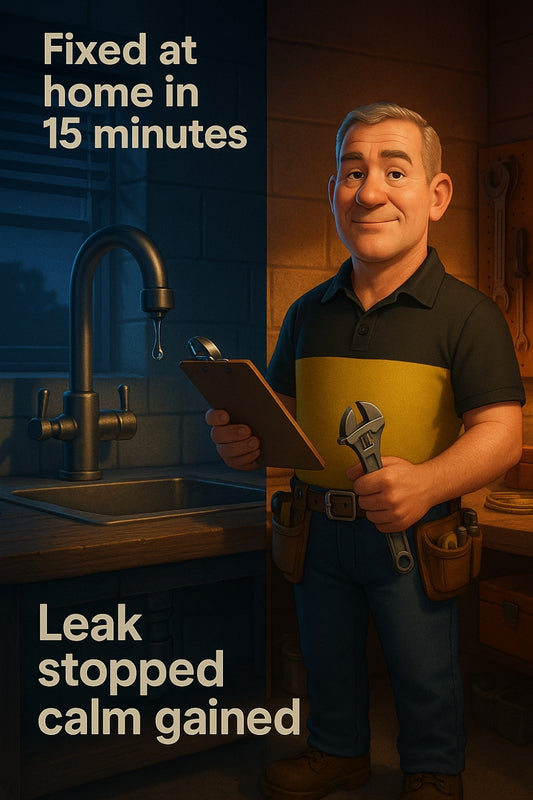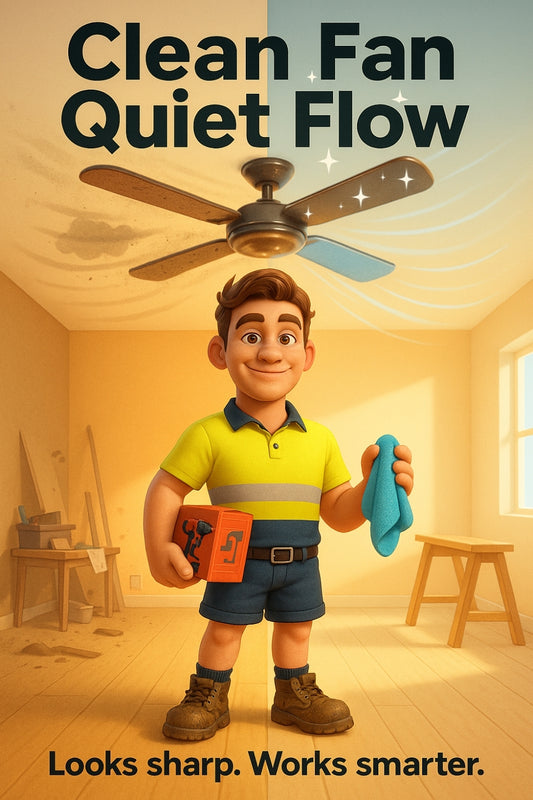How to Secure Floating Shelves That Won’t Fall Down
Share
Keep Your Floating Shelves Secure and Sturdy – No More Unexpected Crashes!
We’ve all been there. You step into a room, admire the gorgeous floating shelf you so carefully installed, then, out of nowhere—CRASH! Your precious décor, books, or family photos come tumbling down in a messy disaster. Frustrating? Absolutely. Avoidable? You bet!
If you want your floating shelves to stay up for good, you need the right tools, technique, and know-how. No shortcuts. No dodgy fixes. Just rock-solid shelves that won’t leave you worried every time someone walks by a little too enthusiastically. Let’s get into it!
Choose the Right Wall for the Job
Believe it or not, the type of wall you’re working with makes a huge difference. Floating shelves mounted incorrectly on the wrong surface can buckle under even the lightest load.
- Stud Walls (Plasterboard with Wooden Studs): Mounting your shelves into wooden studs is the best option. It gives you a solid foundation for heavier items.
- Brick or Concrete Walls: These can handle a lot of weight, but you’ll need masonry screws and proper anchors.
- Plain Plasterboard (No Studs): This is risky business unless you use heavy-duty hollow wall anchors. Even then, lighter loads are recommended.
Before you get too excited and start drilling, do a quick check for studs using a stud finder (absolute game-changer) or the old-school knocking method—hollow sounds = no stud, solid sounds = jackpot.
Use the Right Fixings
Not all screws and anchors are made equal! If you skimp on quality or use the wrong ones, your shelves can slowly pull away from the wall.
- Wall plugs and anchors: Must be strong enough to grip deep into the wall material.
- Heavy-duty screws: Long enough to bite into studs or secure tightly in brick.
- Floating shelf brackets: High-quality brackets built for weight, not flimsy DIY shortcuts.
Head into Strathalbyn H Hardware and grab all the right fixings for your wall type. Our friendly team can help you pick the perfect ones!
Don’t Skip the Spirit Level
A shelf that’s ever so slightly off may seem harmless, but trust me—it’s a domino effect waiting to happen. Things slowly slide to one side, the wall fixings shift, and before you know it, the whole thing gives way.
Line up your shelf properly using a spirit level. Mark your drill points clearly with a pencil before going anywhere near a power tool. A quick extra check can save you from regret down the track.
Double Up on Support for Heavier Loads
Planning to stack your shelves with books, heavy kitchenware, or a collection of retro vinyl records? A single bracket won't cut it. Here’s what to do:
- Use multiple anchor points: Two brackets are good, but three or more add extra strength.
- Distribute weight evenly: Heavier items toward the brackets, lighter ones toward the edges.
- Consider hidden internal supports: Some floating shelves allow for extra reinforcements hidden inside. Genius.
When in doubt, go heavier on support than you think you need.
Test Before Declaring Victory
Before you start stacking your prized possessions on top, give that shelf a little test. Apply gentle downward pressure to check stability. If there's even a hint of movement, reinforce it straight away.
Once it passes the test, go ahead—decorate, organise, and enjoy your sturdy new shelf setup!
Get Your Floating Shelf Right the First Time
A floating shelf should be as reliable as the sunrise—staying put without a second thought. With the right wall, fixings, and careful setup, you can hang shelves that look amazing and stay up for years.
Need the best tools and materials to make it happen? Drop by Strathalbyn H Hardware for expert advice and quality fixings tailored to your project. No more second-guessing—just sturdy shelves done right!
Happy shelving!
Candeece

Stay Connected
Follow our Facebook Page: Strathalbyn H Hardware on Facebook

